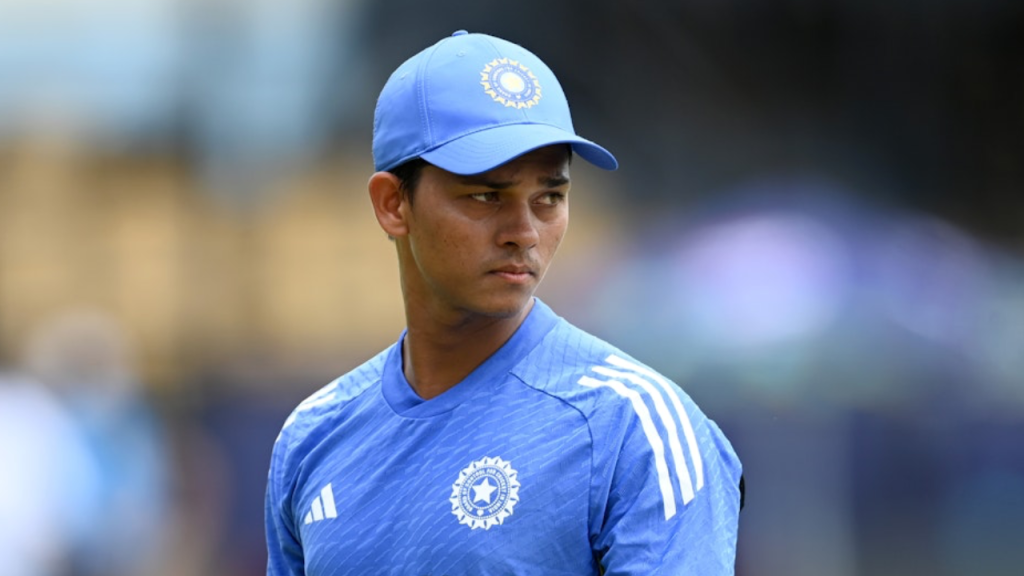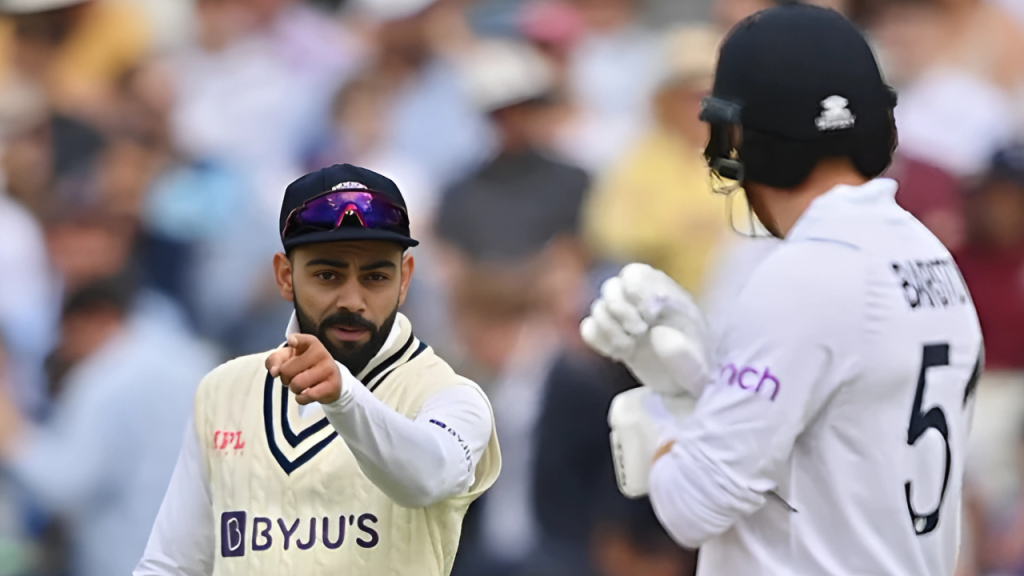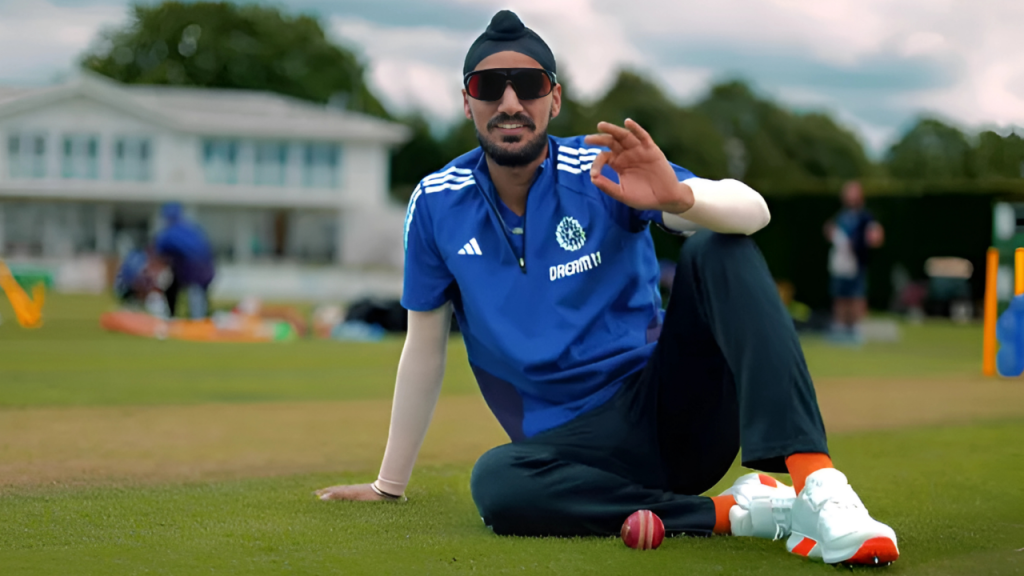India and Australia, Travis Head has emerged as a significant protagonist, particularly in matches that define the essence of cricket. His performances against India have been nothing short of spectacular, etching his name in the memory of fans and analysts alike. From scoring a century in the World Test Championship (WTC) final, leading to India’s defeat, to another in the World Cup (WC) final with a similar outcome, and even a crucial half-century in the T20 World Cup final where India managed to win, Head has been a constant thorn in India’s side. His latest feat, a majestic 140 in the second Test at Adelaide, transformed Australia’s lead from a precarious 11 runs at 191-5 to a formidable 157, following India’s first innings total of 180 where Mitchell Starc took 6 wickets. Here are two pivotal reasons why Travis Head has been scoring against India in nearly every match:
1. Lack of Left-Arm Seamers:

One of the most apparent disadvantages for India has been the absence of a consistent and threatening left-arm seamer in their lineup. Travis Head’s struggles against left-arm pace have been well-documented, with instances like the IPL 2024 final where Mitchell Starc, a left-arm seamer, dismissed him cheaply with a delivery that left him flummoxed. The unique angle and natural swing that left-arm seamers can exploit often pose problems for Head, especially when he’s in the process of setting his innings. India’s inability to field such a bowler regularly means they miss out on a strategic advantage that could disrupt Head’s rhythm and force errors at crucial junctures.
2. Defensive Fielding Strategies:
Another critical aspect has been India’s approach to fielding placements when Head is at the crease. In the WTC final, the WC final, and even during the Border-Gavaskar Trophy’s second Test, the field settings have often been overly defensive. This strategy, while aiming to prevent boundaries, inadvertently gives Head the room to build his innings without undue pressure. He’s adept at finding gaps in these setups, converting ones into twos, and patiently waiting for the loose deliveries that inevitably come due to the lack of aggressive field placements. This defensive approach allows him to settle in, especially after early wickets, and then unleash his natural aggressive game once he’s set, as seen with his 140 in Adelaide.
As the match in Adelaide continues with India at 128-5, trailing by 29 runs, the narrative is clear: Head’s ability to capitalize on these strategic oversights has been pivotal. His batting approach is not just about scoring runs but doing so with a strategy that exploits the opposition’s tactics.
The battle between Travis Head and India is as much about cricketing skills as it is about tactical warfare. For India to counter Head’s prowess, a rethink in their bowling strategy, particularly incorporating a potent left-arm seamer and adopting a more aggressive field placement, might be crucial. Until then, Head remains a formidable opponent, turning matches into personal showcases of his batting mastery.





